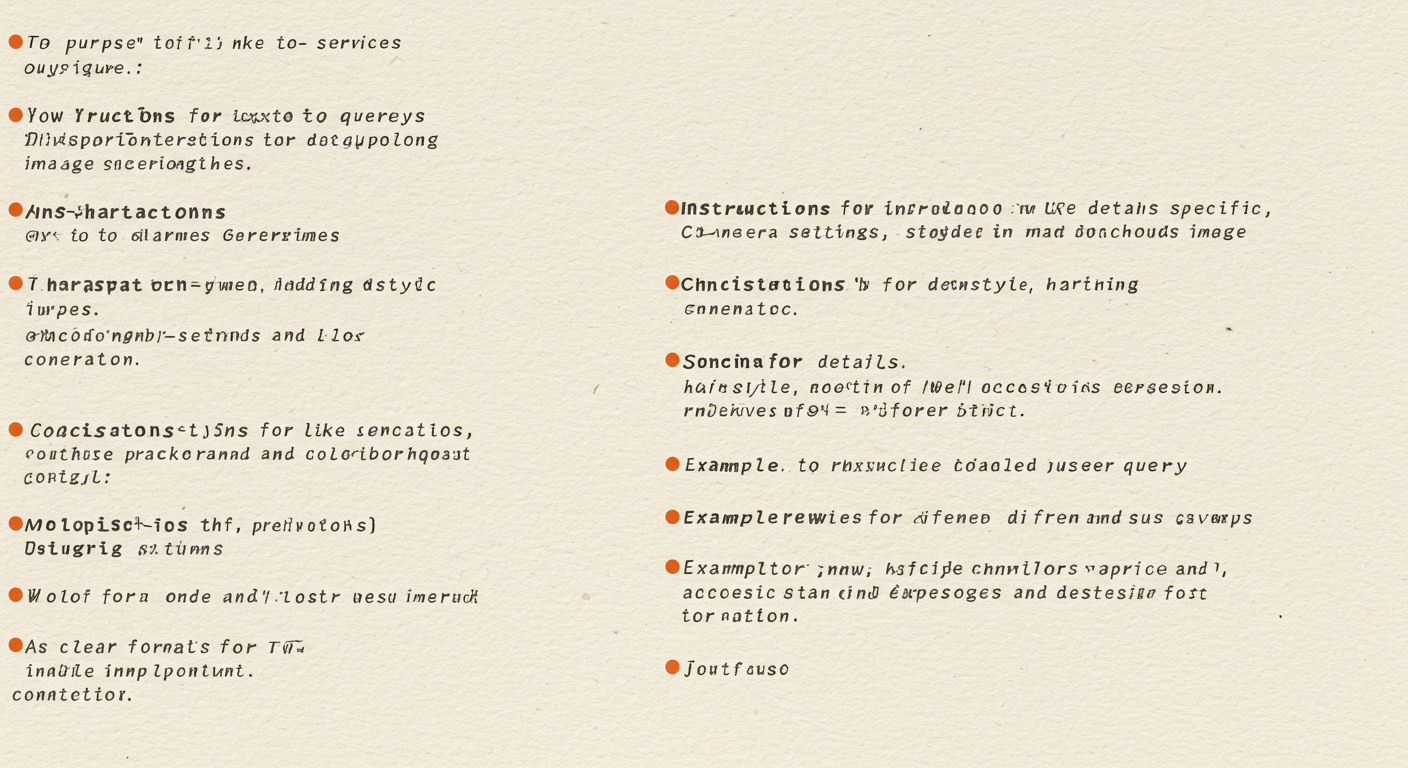In communication, whether written or verbal, crafting a well-rounded response is crucial. You may have come across the phrase, What did you include in your response? Check all that apply. This prompt encourages individuals to critically evaluate their responses and ensure they address all necessary elements.
But what exactly should you include in a response? How do you make sure it is complete, effective, and well-structured? This article explores the significance of this prompt, its applications in various contexts, and the key components of a well-crafted response.
Understanding the Prompt: What Does It Mean?
At its core, this prompt acts as a self-assessment tool that encourages individuals to reflect on their answers. It ensures that responses are thorough, structured, and relevant to the question or discussion.
For example, when answering a discussion question or writing an essay, you might be asked to include:
- A clear thesis statement
- Supporting evidence or examples
- A well-reasoned explanation
- A conclusion that summarizes your point
By using the “check all that apply” approach, individuals can confirm whether their responses meet all the necessary criteria before submission.
Applications of This Prompt in Different Fields
The phrase “What did you include in your response? Check all that apply.” is widely used in education, business, and online communication. Here’s how it applies in different settings:
1. In Education
Teachers and professors often use this prompt to guide students in crafting comprehensive answers. For example, when analyzing a literary text, students might be encouraged to include:
✔ A restatement of the question in their own words
✔ At least two pieces of textual evidence
✔ A logical explanation of the evidence
✔ A personal interpretation or reflection
This structured approach helps students develop critical thinking skills and ensures that their responses are well-supported and persuasive.
2. In Professional Communication
In business meetings, emails, and reports, this prompt helps professionals create clear and structured responses. A well-rounded response in a workplace setting should include:
✔ Acknowledgment of the issue or question
✔ A summary of key points
✔ Supporting data or references
✔ Suggested next steps or solutions
Using this approach improves clarity, efficiency, and professionalism in workplace communication.
3. In Surveys and Feedback Forms
When filling out surveys, users are often given checkboxes to select multiple applicable answers. For example, a customer feedback form might ask:
“What did you like about our service? Check all that apply.”
✔ Friendly staff
✔ Quick service
✔ Affordable prices
✔ Clean environment
This method helps businesses gather valuable insights to improve their services.
Read Also: Homes for Sale Southwest Ranches www.scottschneidergroup.com
Key Elements of a Comprehensive Response
To ensure your response is complete and effective, consider including the following essential components:
1. Clarity and Relevance
✔ Address the question directly without unnecessary information.
✔ Keep your response focused and avoid off-topic details.
Example: If asked about climate change, your response should focus on climate-related issues rather than unrelated environmental topics.
2. Supporting Evidence or Examples
✔ Provide facts, statistics, or real-life examples to back up your point.
✔ Use credible sources to add weight to your argument.
Example: In a discussion about healthy eating, citing a nutritionist’s advice or a scientific study makes your response stronger.
3. Logical Structure and Organization
✔ Arrange your response in a clear, logical order (Introduction, Body, Conclusion).
✔ Use bullet points or headings to improve readability.
Example: A well-structured response to an interview question about leadership would include:
- A personal definition of leadership
- A real-life example of leadership in action
- A summary of what was learned from the experience
4. Emotional and Tone Appropriateness
✔ Match your tone with the context of the conversation.
✔ Be empathetic in sensitive discussions and enthusiastic in motivational ones.
Example: If responding to a friend’s loss, your tone should be sympathetic and supportive rather than overly formal or distant.
5. Acknowledgment and Validation
✔ Recognize other perspectives before presenting your own.
✔ Use phrases like “I understand your viewpoint…” or “That’s a valid point, and I’d like to add…”
Example: In a debate about remote work, acknowledging both productivity benefits and challenges makes your response more balanced.
6. A Strong Conclusion
✔ End with a clear summary of your main points.
✔ Offer a final thought, recommendation, or question to continue the discussion.
Example: “In conclusion, remote work offers flexibility and productivity benefits, but it also requires strong time management. Companies should adopt hybrid models to maximize efficiency.”
Common Mistakes to Avoid in Responses
Even the best responses can fall short if they include common mistakes. Here are a few pitfalls to watch out for:
❌ Being Too Vague – Avoid generic statements like “I agree” without explaining why.
❌ Lack of Evidence – Always support your arguments with facts, examples, or logic.
❌ Overcomplicating the Response – Keep your answer concise and avoid unnecessary jargon.
❌ Ignoring the Question’s Key Aspects – Ensure you address all parts of the question.
❌ Being Overly Defensive or Aggressive – Keep discussions respectful and constructive.
How to Improve Your Responses: A Step-by-Step Guide

If you want to craft better responses, follow these simple steps:
Step 1: Understand the Question Fully
✔ Read the question carefully and identify its key points.
✔ Rephrase it in your own words to ensure clarity.
Step 2: Organize Your Thoughts
✔ Create a quick outline of your response.
✔ Decide what evidence or examples to include.
Step 3: Write a Draft Response
✔ Use simple and clear language.
✔ Structure it logically with an introduction, body, and conclusion.
Step 4: Review and Revise
✔ Check for grammar mistakes and unclear statements.
✔ Ensure you have included all necessary elements.
Step 5: Get Feedback (If Possible)
✔ Ask a friend, colleague, or mentor to review your response.
✔ Improve it based on their suggestions.
Final Thoughts
The phrase What did you include in your response? Check all that apply. is more than just a checklist—it’s a mindset for crafting effective, structured, and meaningful responses.
Read Also: 5StarsStocks.com Passive Stocks: A Smart Investment for Long-Term Growth
By following the principles discussed in this guide, you can ensure that your responses are clear, well-supported, and impactful, whether in school, work, or everyday conversations.




